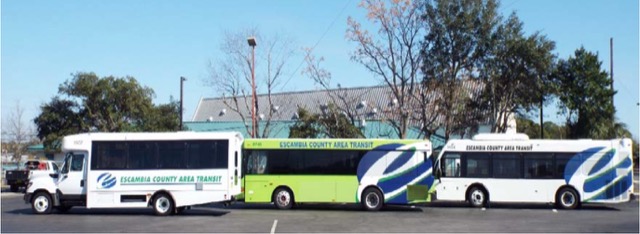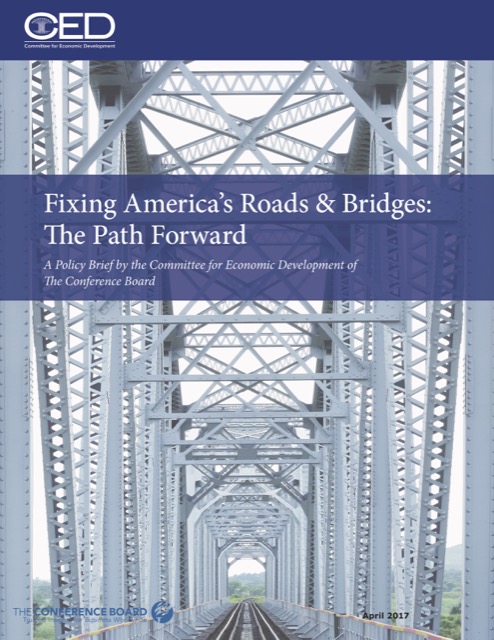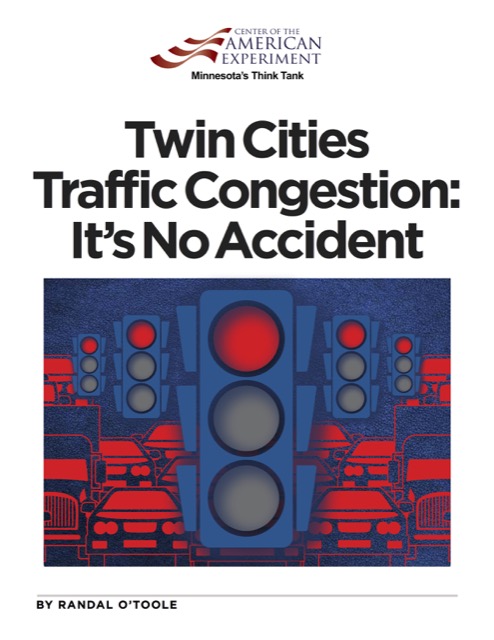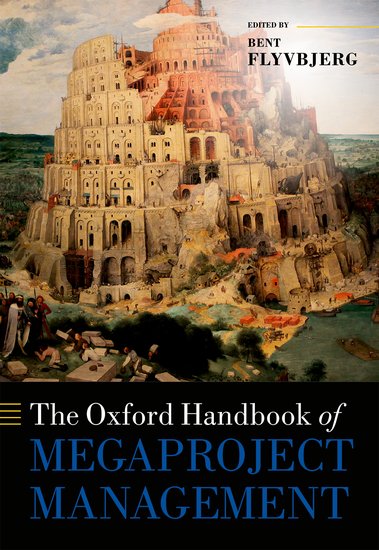In 2007, the New York Times called Portland “the city that loves mass transit.” The Antiplanner took issue with that claim then, and it is even less appropriate now. APTA’s latest ridership report reveals Portland’s transit agency, TriMet, carried 1.6 percent fewer trips in 2016 than in 2015. The American Community Survey says that the share of commuters taking transit to work fell from 8.1 percent in 2014 to 7.9 percent in 2015.
In reality, as the Antiplanner wrote in 2007, Portland is “the city whose officials love to spend money on transit.” That also remains unchanged, as TriMet is preparing a regional transit strategy that calls for more streetcars, more light-rail lines, and exclusive busways. To top it off, TriMet wants to build a light-rail subway through downtown, which will probably cost almost as much as all of Portland’s previous light-rail construction combined.
The region has already spent between $4 billion and $5 billion on light rail. Before commencing construction on the city’s first light-rail line, 9.9 percent of commuters took transit to work. Since it is now down to 7.9 percent, rail clearly has not boosted transit ridership. According to a report released last October, one-third of the region’s capital spending on transportation is going for transit, yet transit carries just 2.5 percent of the region’s motorized passenger miles (and virtually no freight). Continue reading











